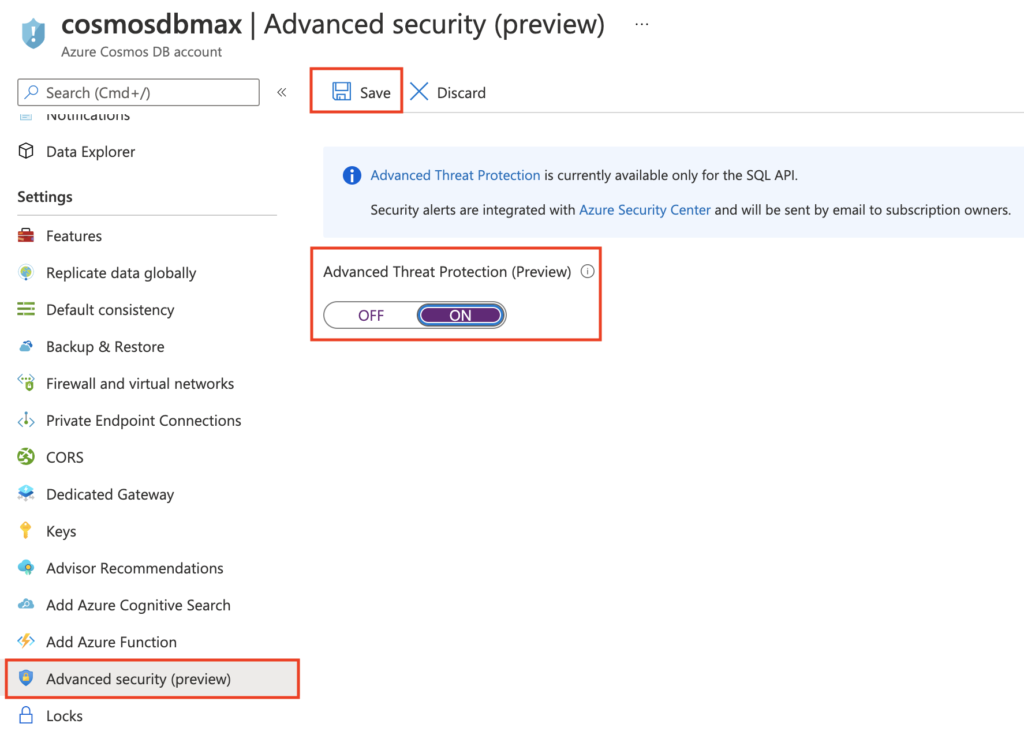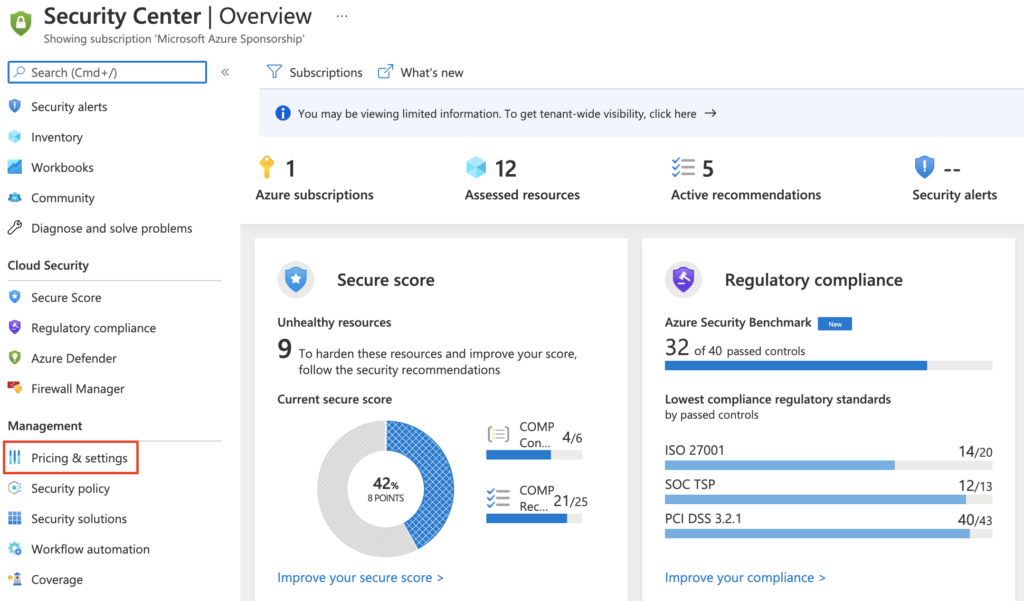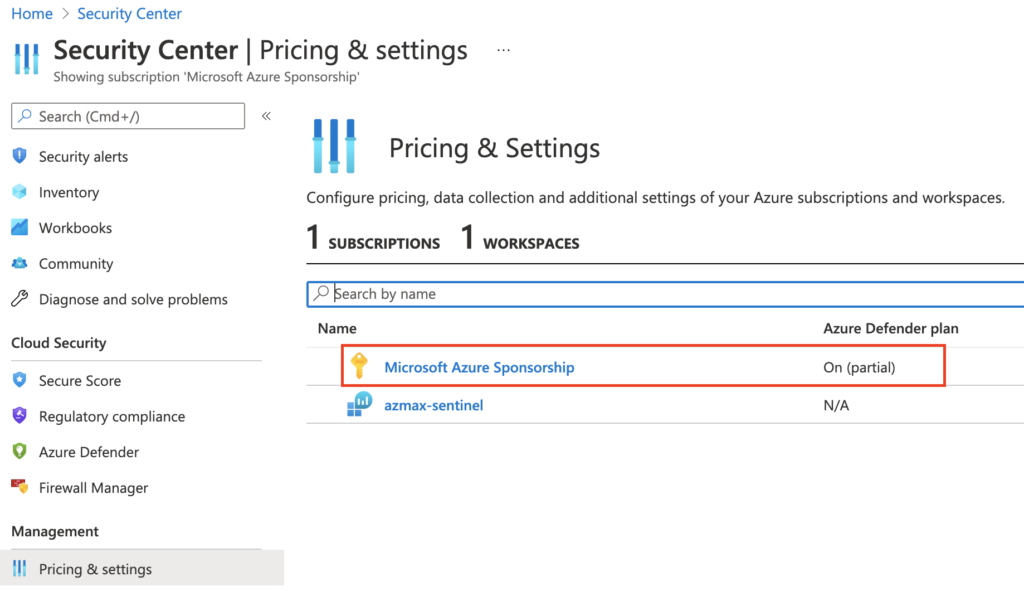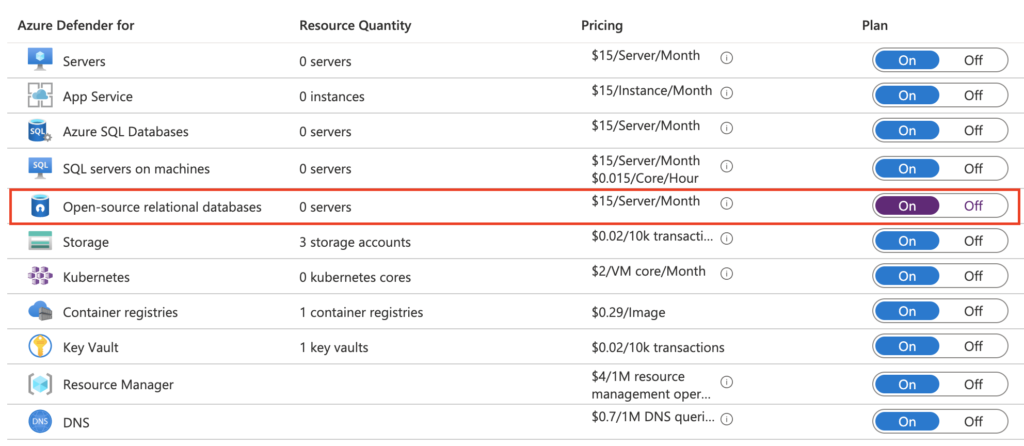Hi!
During Microsoft Ignite 2021, Microsoft announced a new rebranding of Azure Security Center and Azure Defender unified as Microsoft Defender for Cloud.
Microsoft Defender for Cloud is a Cloud Security Posture Management (CSPM) and workload protection solution that finds weak spots across your cloud configuration, helps strengthen the overall security posture of your environment, and protects workloads across multi-cloud and hybrid environments.
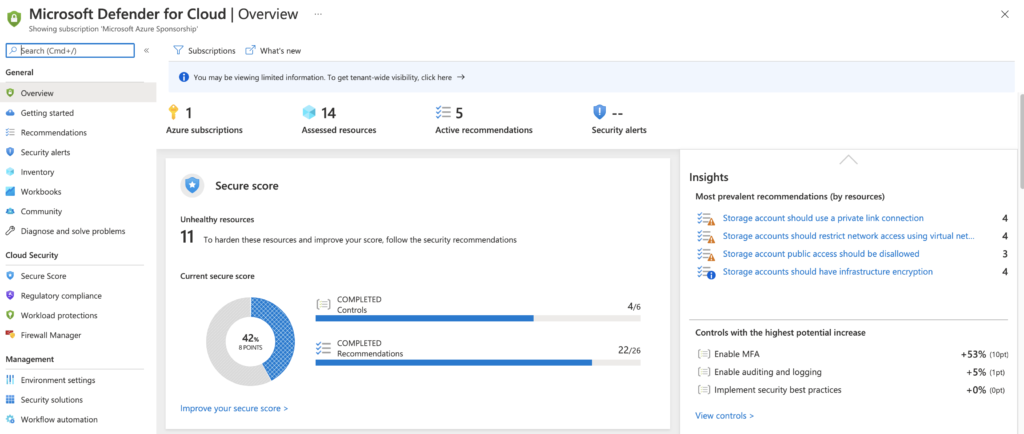
Maxime.
